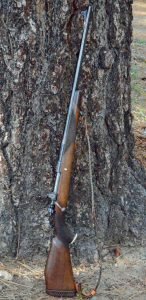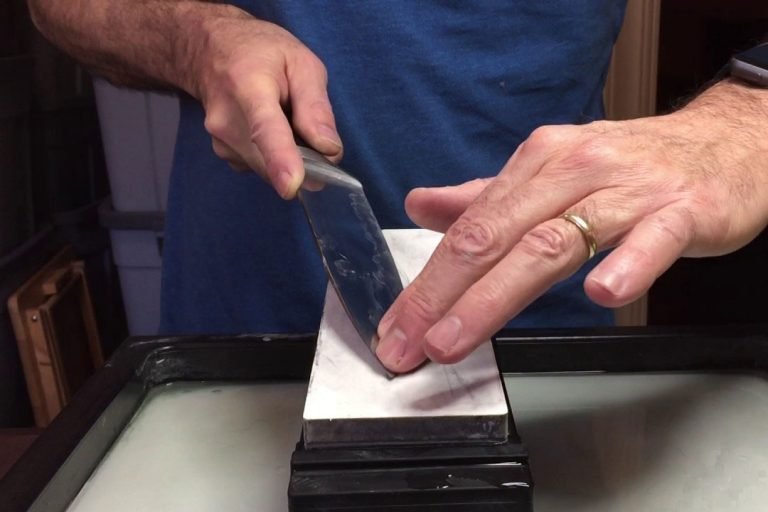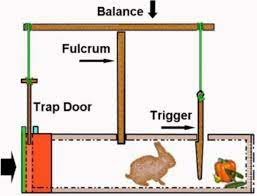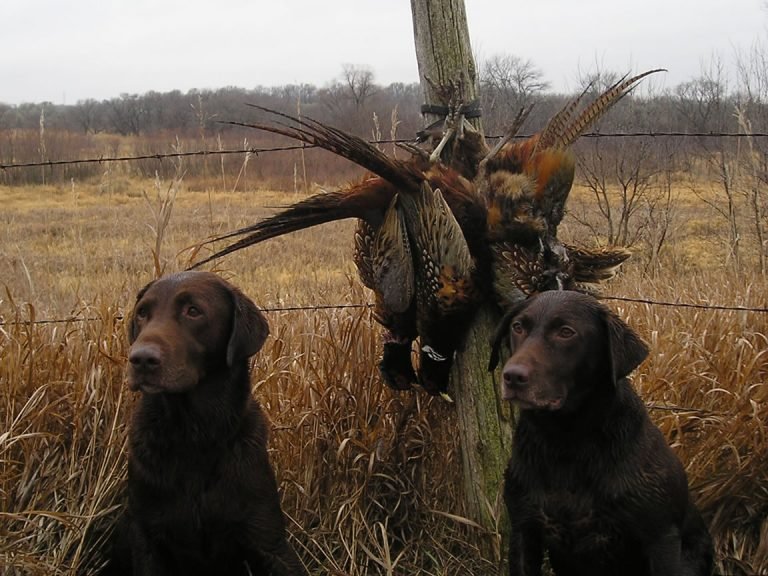Tips for Buying a Used Hunting Rifle
What to look for when buying a second-hand rifle
There are numerous choices when it comes to finding a hunting rifle. Brand new rifles from the factory offer hundreds of different options from the latest calibers to ergonomic stocks and other accessories at prices that run the gamut from a few hundred dollars and up into the thousands. But what about those thrilling rifles of yesteryear?
Sometimes it makes sense to pick up a used rifle; maybe it is a model or caliber no longer offered or often because it is just a fraction of the price tag of a new one.
There are a few pitfalls along the route to purchasing a second-hand firearm, but knowing what to watch out for will help the buyer avoid someone else’s problem.
The second-hand story
Most rifles are found in the used section of a gun shop simply because the previous owner used it once or twice and would rather move on to something different.
In other cases, the owner may have passed away or simply did not care for the caliber or action type. Then there are always the problematic ones that are sold due to lack of accuracy or function.
Smith & Wesson conducted a market survey a few years ago in which they found that on average, a used firearm is fired a total of 6 times when it is traded in.
Granted, there are exceptions to this with some rifles being worn out and traded in due to a loss in accuracy, but these are not very common overall.
Always check the price against a new version of the same rifle. If it is within a reasonable range, it may be wiser to go with the new version simply for warranty work, customer support, etc.
What’re inside counts
The bore and chamber are the most important parts of any rifle. How the inside of a rifle looks is the first indicator of how the rifle was truly maintained, and this starts with a bore inspection.
The best way to check the bore is to use a small flashlight or bore light to inspect the lands and grooves.
If the rifle was sold without being cleaned the buyer should ask the manager or salesperson to clean it before inspection.
The rifling should not be excessively worn. Following that, the buyer should look for signs of pitted metal. Visible pitting is a sure sign of improper maintenance and poor cleaning. Externally, a rifle may look pristine, but internal pitting will tell the rest of the story.
If the buyer is contemplating an older rifle, particularly one that was “sporterized” from its original configuration as a military issued Mauser, Enfield, Arisaka or Mosin-Nagant; it is important to verify that the caliber is correct. It is not uncommon to find a re-barreled rifle that was not marked properly by the gunsmith who worked on it.
Headspace should be checked as well. This is the measurable distance from the front of the chamber to the face of the rifle’s bolt. It can be checked via a set of headspace gauges for the caliber in question.
The gauges are simple to use on most rifles and a rifle with excessive headspace is a ticking time bomb that can result in damage to the rifle and the shooter if it is out of spec.
The caliber of the rifle can be a cause of concern, too. Some older calibers can be difficult to find in the ammunition or even reloading component areas.
This happens with wildcat cartridges, black powder rounds and even the so-called “flavor of the month” cartridges that receive glowing field reports, but never make it past the first year of production.
The outside counts, too

A stock that is exceptionally weathered and beat up should be avoided as replacement stocks for out of production rifles can be expensive and hard to find.
Some require so much fitting that they can erase any savings made by purchasing second-hand.
A smart buyer should check that the sights are properly aligned and that there are no bulges in the barrel.
The rifle should be inspected completely for mechanical function and make sure that the safety, trigger and other controls are in proper working order.
For this reason, the buyer should verify that all parts are present. Some specially made parts as small as screws or original sling swivels for a particular model can be the most difficult to find.
Buying a used rifle with thoughts of refinishing it can be another risky proposition if the buyer is considering future resale. Refinishing any firearm most often drives the value down.
Scopes
The number one selling point on a used rifle is usually the notorious pre-mounted scope. Unfortunately, this is not always the best reason to buy a used rifle.
It is if the scope is a quality manufacturer, but often a high-quality scope will be replaced by a discount store version by the seller (or reseller) as good scopes are often more valuable than the rifles on which they are mounted.
Aside from buying a pig in a poke in the form of a cheap scope is the fact that these last minute replacements are typically not properly bore sighted.
Unless there is quality glass on that rifle, it should have no real bearing on value. In the same vein, a prospective buyer should watch for cheap scope rings and mounts.
As with any second-hand product, be it a firearm, automobile or lawn mower; there are certain pitfalls to avoid. Knowing what these are ahead of time can make all the difference in the world between finding a great deal and buying a never ending work project.
Image by Julia Manzerova form https://airriflehunting.com/








